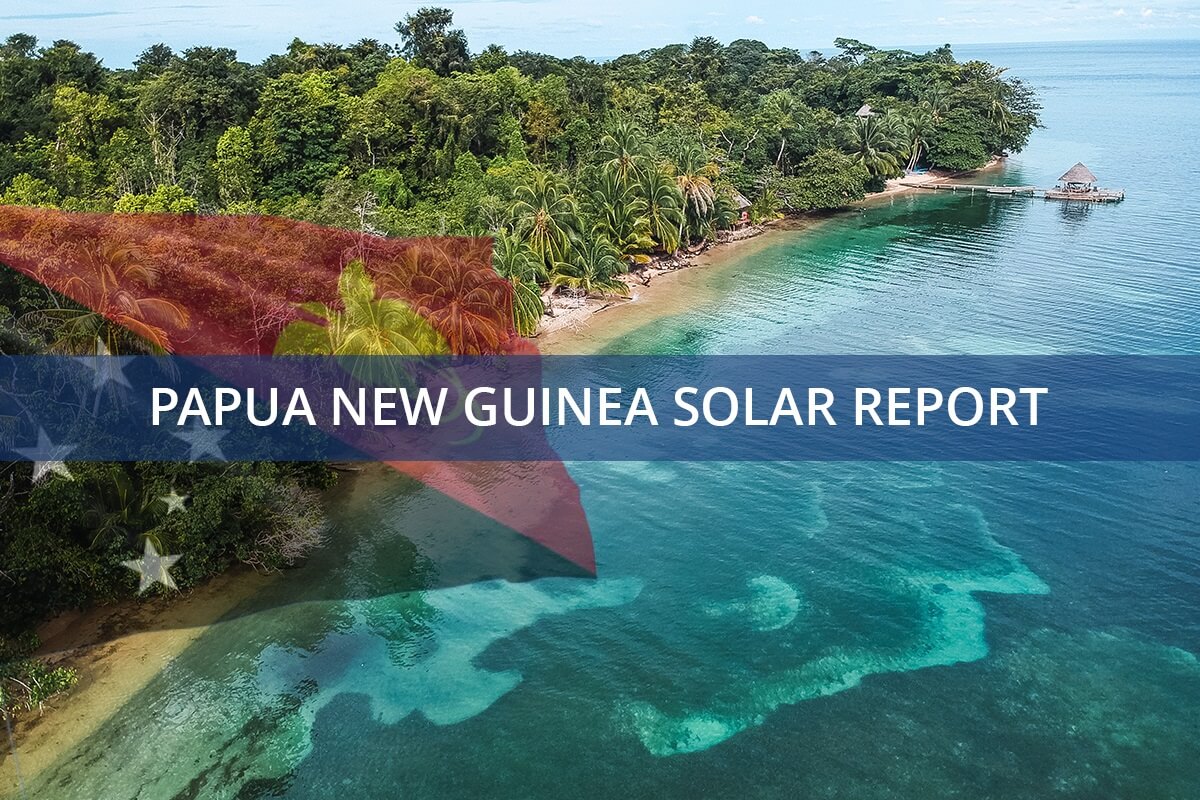Papua New Guinea solar electrification: Pioneering a Sustainable Energy Future
Papua New Guinea is on the brink of transforming its energy landscape by expanding its solar power infrastructure. In collaboration with WeGen Energy Philippines Inc., the government is strategically installing solar panels in remote regions like Kikori District, Gulf Province. This partnership marks a significant milestone in addressing the country’s energy challenges, as currently, only about 13% of the population has access to electricity.
This pivotal project aims to deliver reliable and sustainable electricity to healthcare facilities, schools, and communities that have historically faced limited energy access. With the installation of solar panels, these areas will enjoy a consistent energy supply, enhancing healthcare services and improving education for local children. The success of this venture will set a precedent for further expansion of solar power infrastructure to other remote areas nationwide.
Papua New Guinea solar electrification Target: 70% Electrification by 2030
Papua New Guinea has set an ambitious target to achieve a 70% electrification rate by 2030, as detailed in Papua New Guinea solar electrification. To reach this goal, the government is leveraging international partnerships and modern technology. The collaboration with WeGen Energy Philippines Inc. is a critical step towards achieving universal electrification, serving as a blueprint for future initiatives. This project demonstrates the feasibility and profound impact of solar power in remote locations.
Investing in solar power enables Papua New Guinea to decrease its reliance on fossil fuels and reduce carbon emissions. The environmental advantages of solar power are substantial, as it is a clean and renewable energy source. Expanding solar power infrastructure will not only benefit remote communities but also contribute to the country’s overall energy sustainability.
The success of this pilot project is likely to attract further investments in renewable energy, fostering economic growth and job creation. Moreover, increased electricity access will empower local communities by enabling them to participate in income-generating activities and improve their quality of life.
Global Support for Papua New Guinea solar electrification Expansion
Papua New Guinea’s dedication to expanding solar power has captured the attention of international organizations and investors. The pilot project in Kikori District exemplifies solar power’s potential to transform remote communities. By showcasing solar energy’s benefits, Papua New Guinea can inspire other developing nations to adopt similar strategies.
The initiative’s success will also bolster the country’s stance in global climate change discussions, highlighting its proactive approach to reducing greenhouse gas emissions. The government’s focus on renewable energy aligns with worldwide efforts to combat climate change and promote sustainable development.
Challenges and Opportunities in Papua New Guinea solar electrification
While the expansion of solar power in Papua New Guinea is promising, it presents certain challenges. The country’s rugged terrain and dispersed population complicate large-scale infrastructure projects. However, the government’s commitment to achieving universal electrification, bolstered by international support, provides a solid foundation for overcoming these obstacles.
The pilot project in Kikori District is a crucial step towards realizing Papua New Guinea’s electrification goals. By demonstrating solar power’s feasibility and impact, this initiative will pave the way for future projects and attract additional investments in renewable energy.
Papua New Guinea solar electrification Vision for a Sustainable Future
Expanding solar power infrastructure is a bold and necessary step towards achieving universal electrification in Papua New Guinea. The pilot project in Kikori District serves as a model for future initiatives, showcasing solar energy’s transformative power in remote communities.
With continued support from international partners and a steadfast commitment to sustainability, Papua New Guinea is well on its way to achieving its goal of 70% electrification by 2030. The success of this initiative will have far-reaching impacts, improving countless individuals’ lives and contributing to a more sustainable future for the country.

